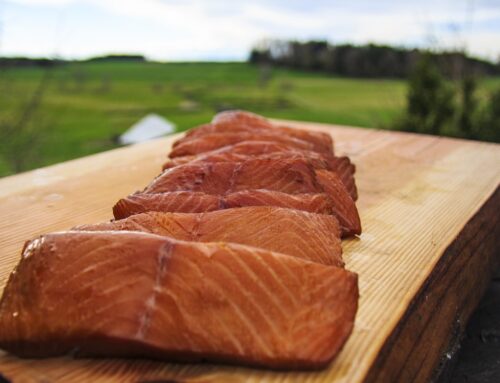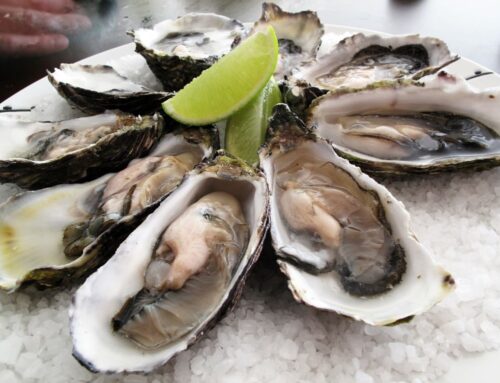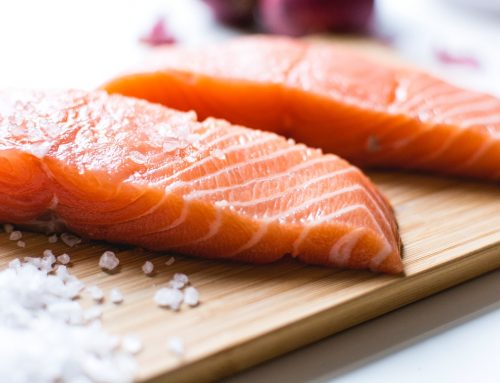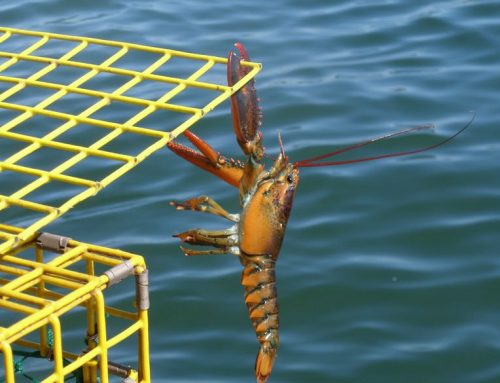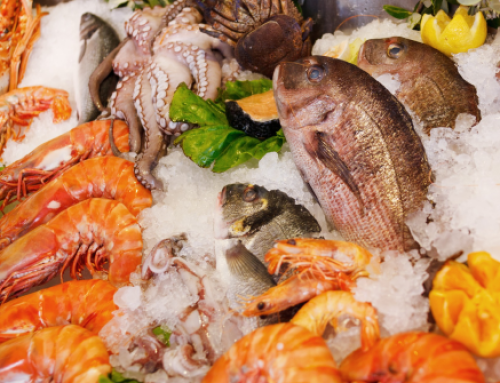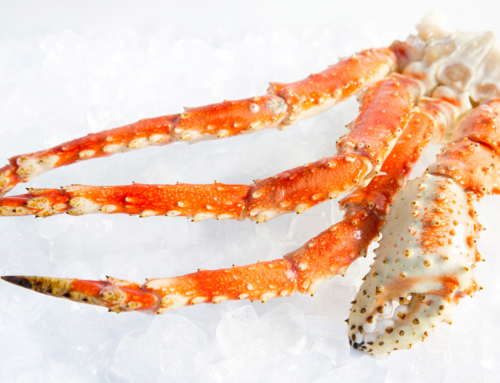A 2012 study estimated that around 83 percent of all living Right Whales have been entangled in fishing gear at some point in their lives. While there is no data pointing to the type of gear that causes injury, lobster traps could be to blame. Now, they are at the center of a heated debate.
The Right Whale population has an estimated 411 individuals, and there were no recorded births in 2018. The later half of the 20th century saw a slow recovery for this previously critically endangered animal, as much of the species was hunted and killed by whaling. While recovery and sustainability efforts have proven successful, Right Whales still face injuries and death from collisions with ships and entanglements in fishing gear. This is where lobstermen are concerned.
In February, the American Lobster Management Board voted unanimously to launch a months-long regulatory process that will consider how lobster fisheries can reduce impact on Right Whales. The most pressing factor is the number of vertical lines – lobster traps sit on the bottom of the ocean, but lines tether them to buoys so lobstermen can claim their catches. Regulators have considered removing up to 40 percent of the lines that link seabed lobster traps to buoys on the surface. This, they hope, will help protect the Right Whale without placing further federal restrictions on the lobster industry.
The American Lobster Management Board has also considered reducing the number of traps outright seasonal closures, changes to fishing gear, and cracking down on lobstermen who fish over their trap limits. Additionally, the lobster industry has considered switching to weaker, easier-breaking ropes in order to protect whales from entanglement, but environmentalists say this measure does not go far enough.
Regulatory and conservation measures are often spurred by brief whale sightings. Last spring, one Right Whale was seen off the coast of Grand Manan Island in New Brunswick, Canada, leading to the early closure of a lobster fishery. This, according to a report, caused a significant financial loss to fishermen. Now, rather than waiting for whales to appear, lobster and fish regulatory boards are trying to be proactive in order to protect the industry.
This conflict has engineers grinding to work, and many inventors are shifting their efforts to create lobster traps that both protect the endangered whales and salvage the fishers’ livelihoods. The Smithsonian Magazine recently profiled a team of engineers who designed a low-cost, lineless, self-surfacing lobster trap that would prevent entanglement by Right Whales. This type of creative problem solving will be necessary in the coming years as lobstermen continue to fight for financial wellbeing in an increasingly unsustainable environment.
UPDATE: In early September 2019, the relationship between the whales and lobster fishermen got a bit more complicated. We’re here to explain.
A 2012 study estimated that around 83 percent of all living Right Whales have been entangled in fishing gear at some point in the lives, and lobster traps could be to blame. There are only around 400 of these whales left living, and there were no recorded births in 2018, putting the animal in “critically endangered” territory. This finding threw fishermen and whale rights advocates into a heated debate. Now, that discussion has intensified.
The Bangor Daily News reported that the Maine Lobstermen’s Association, an organization that represents Maine’s lobster fishermen, is pulling support of a proposed plan to protect the endangered whales. The organization’s executive director, Patrice McCarron, said federal data show the lobster fishery is the, “least significant cause of right whale serious injury or mortality.”
This interpretation of the data is not an unsurprising one. While the 2012 study found the majority of Right Whales to have been entangled in fishing gear at some point, the study failed to specify the type of equipment the whales find themselves in.
The Association’s decision to drop support for the initiative comes during a time of significant stress in the lobster industry, especially in Maine. Climate change is shifting lobster breeding grounds, driving larger hauls north into Canadian waters. Plus, Chinese-imposed tariffs have dealt a paralyzing blow to the U.S. lobster industry, decreasing their international market reach an significantly reducing product profit.
Adoption of this plan will likely result in reduction of lobster fishing lines in the water, probably leading to smaller hauls and shorter seasons. According to Director McCarron, this puts too much of the onus on the lobster industry.
Take note of our Affiliate Relationships that may exist with this page and companies listed on it.


